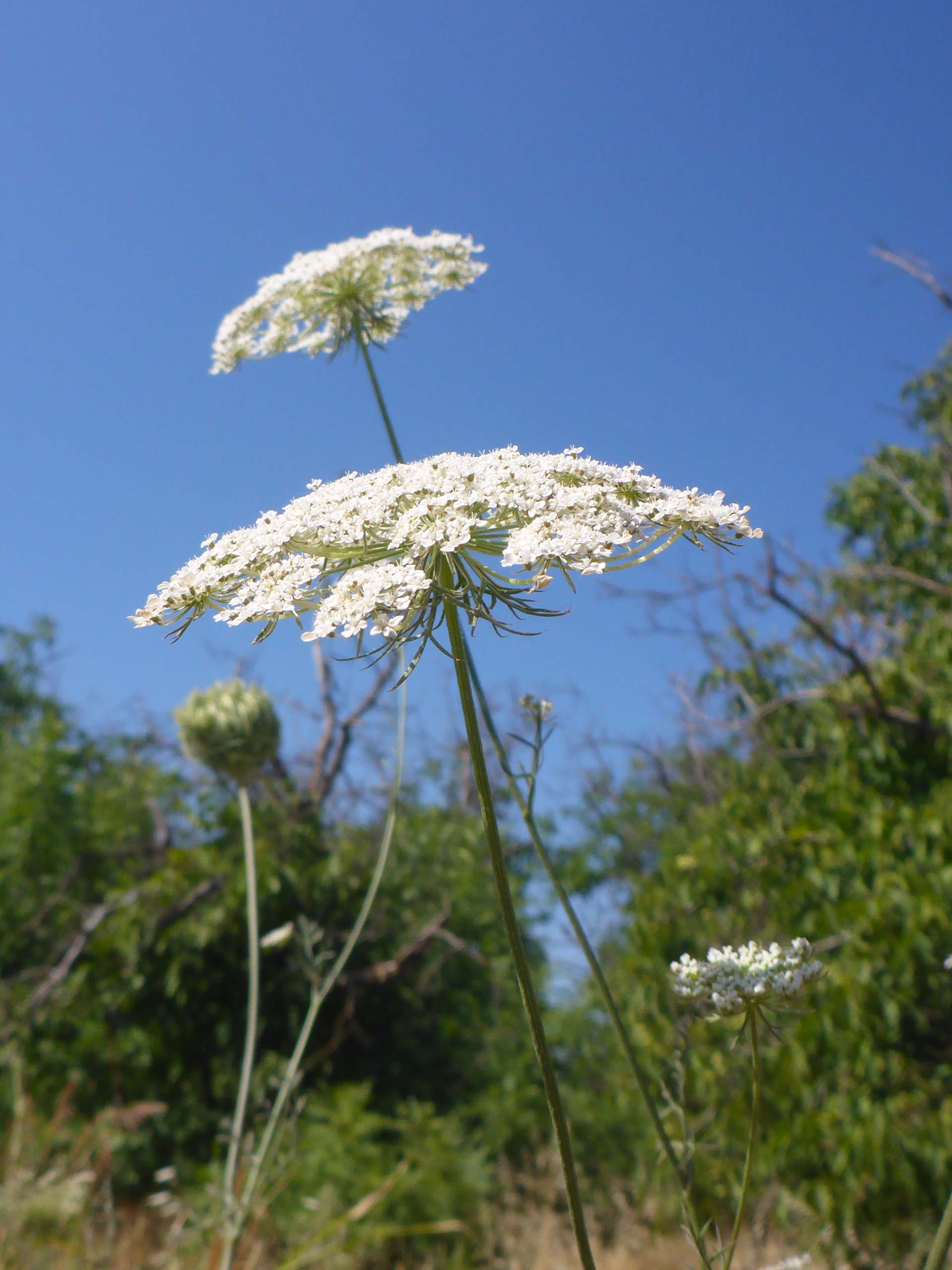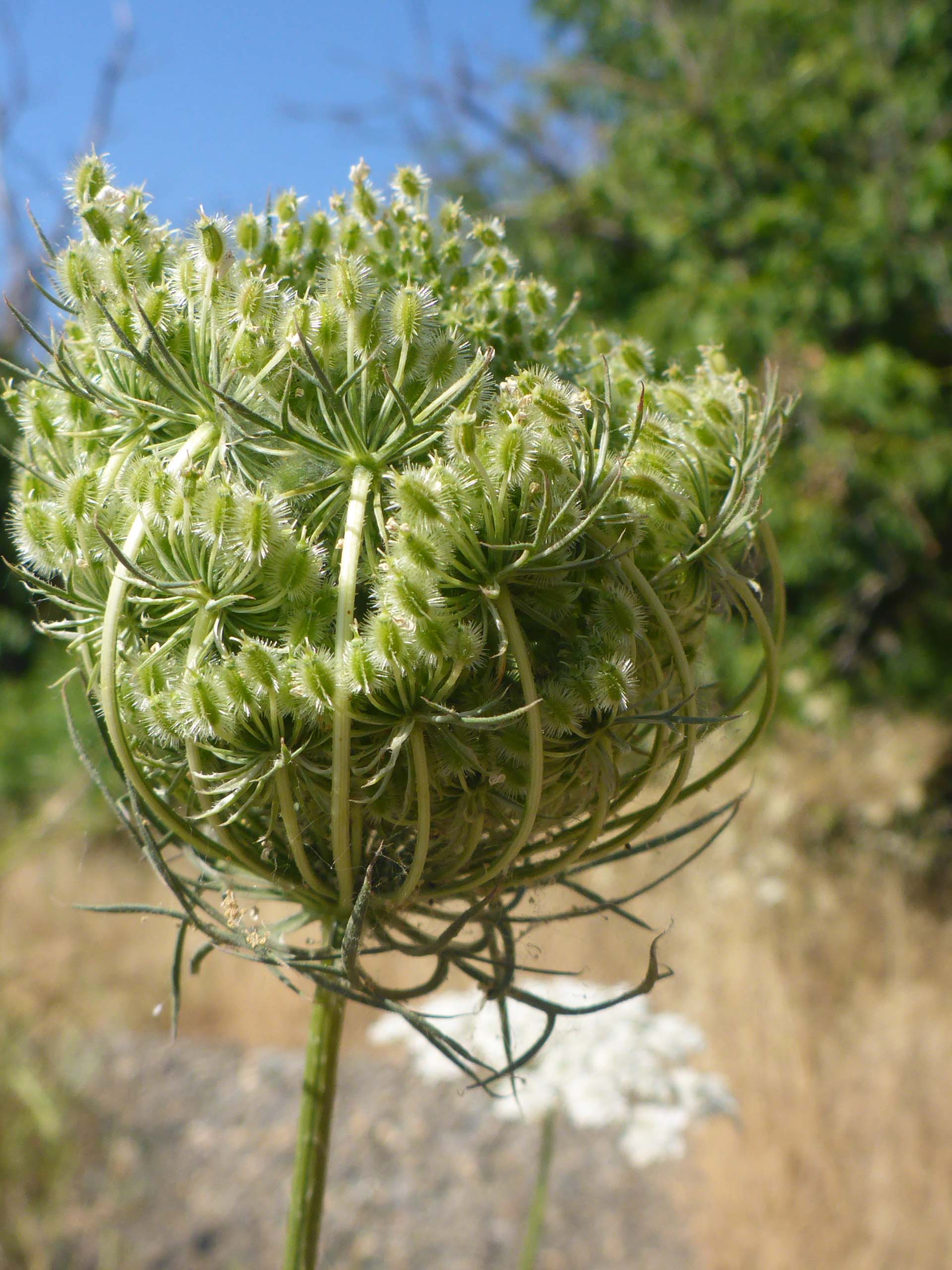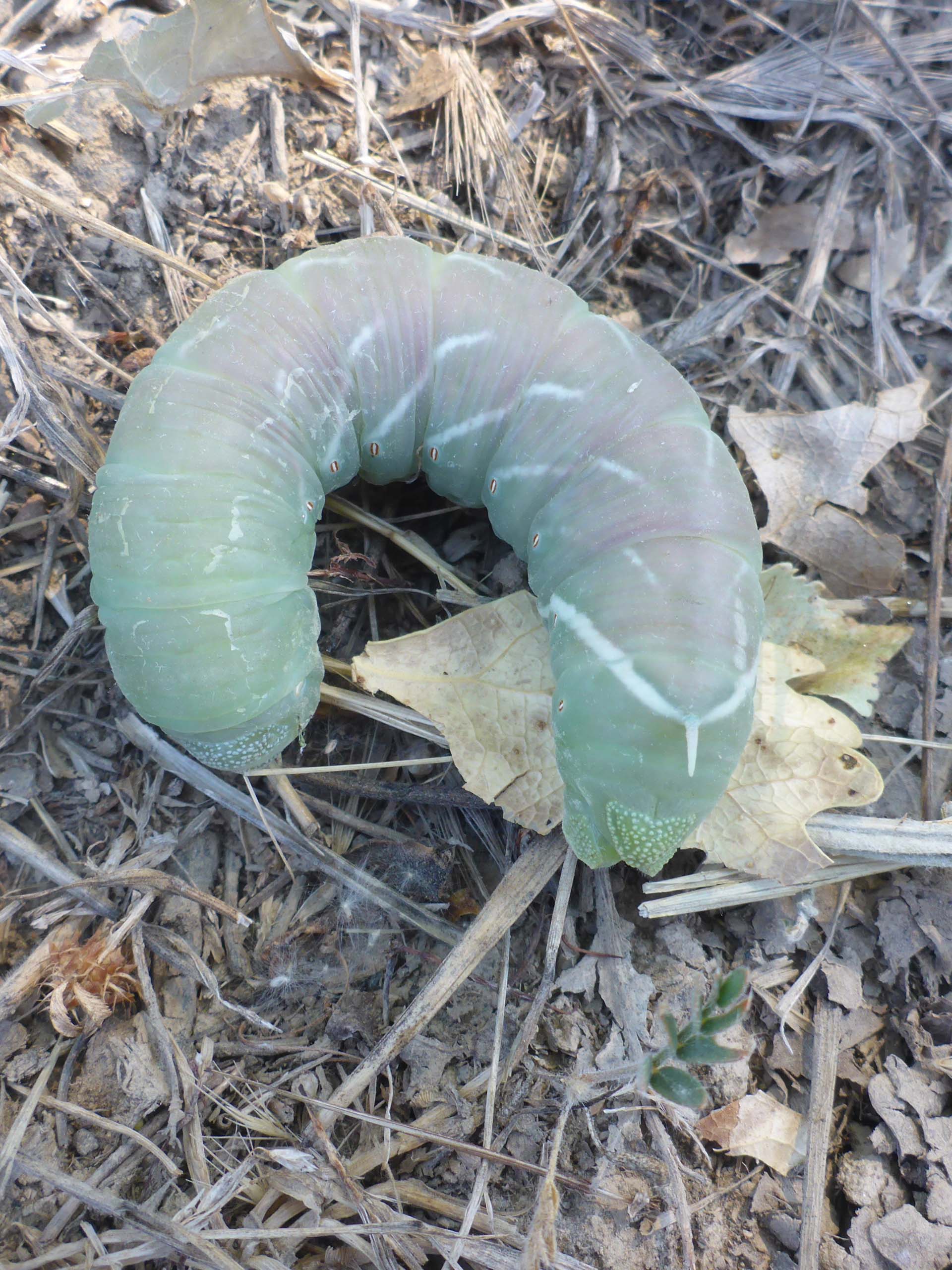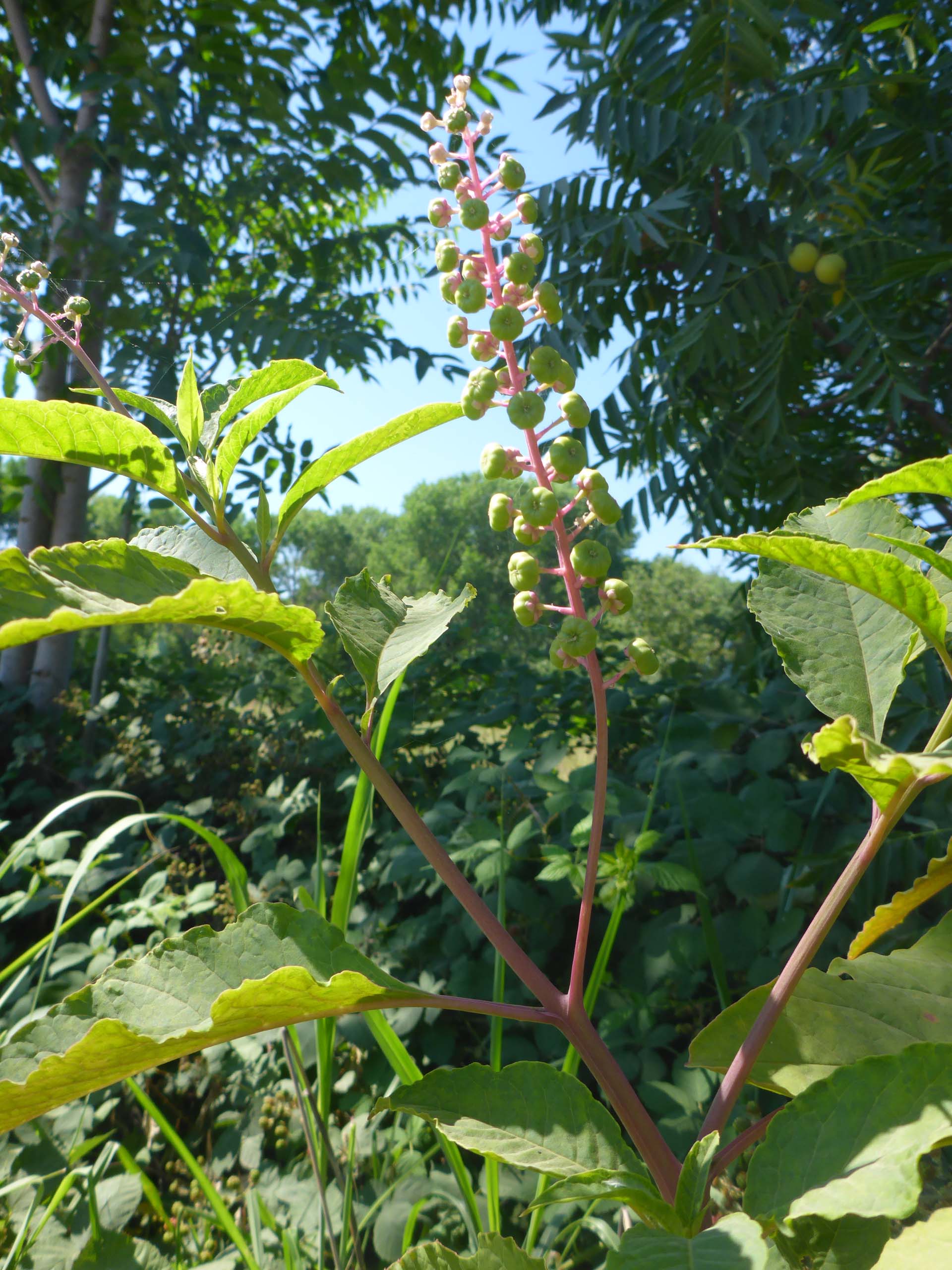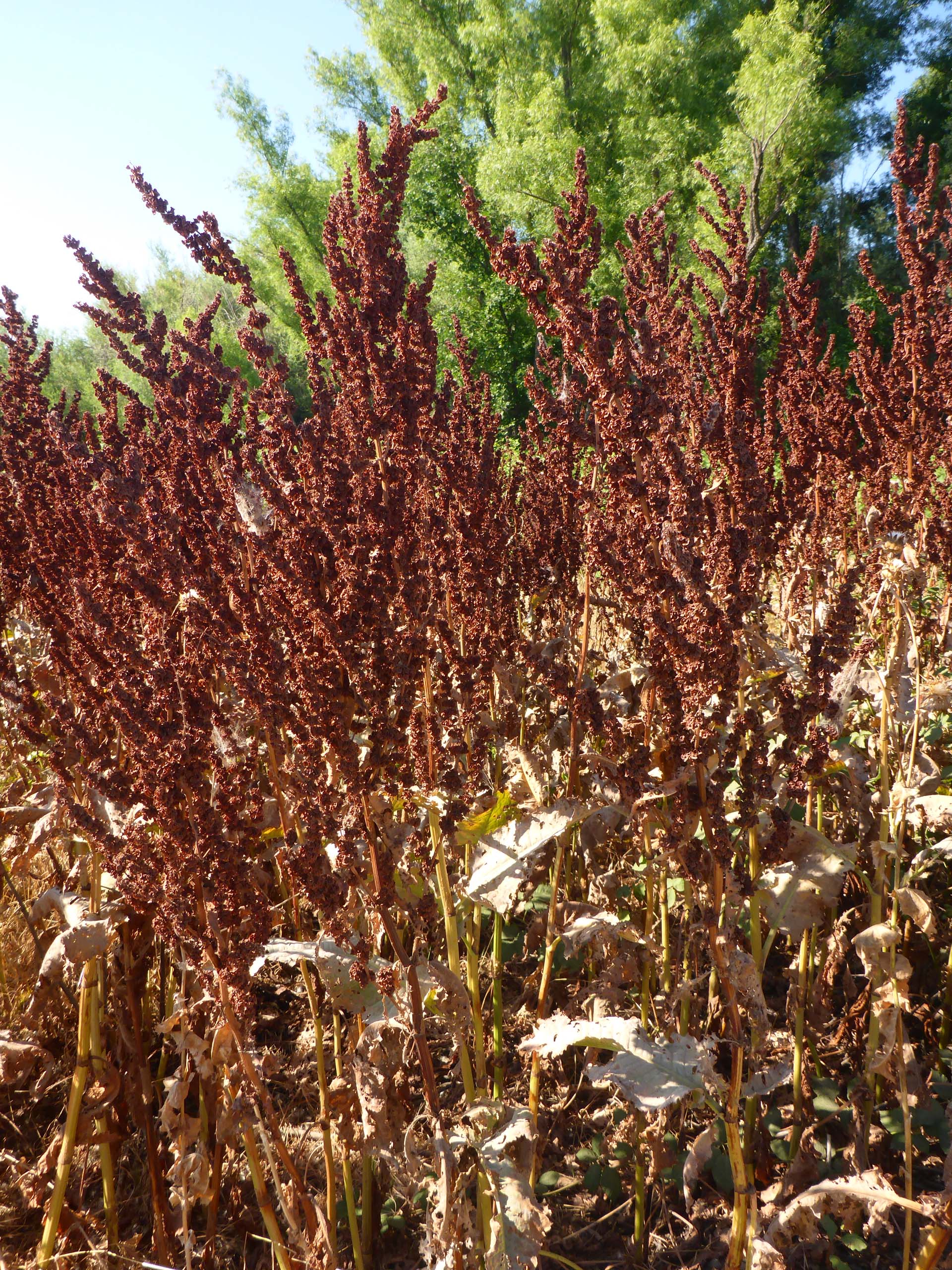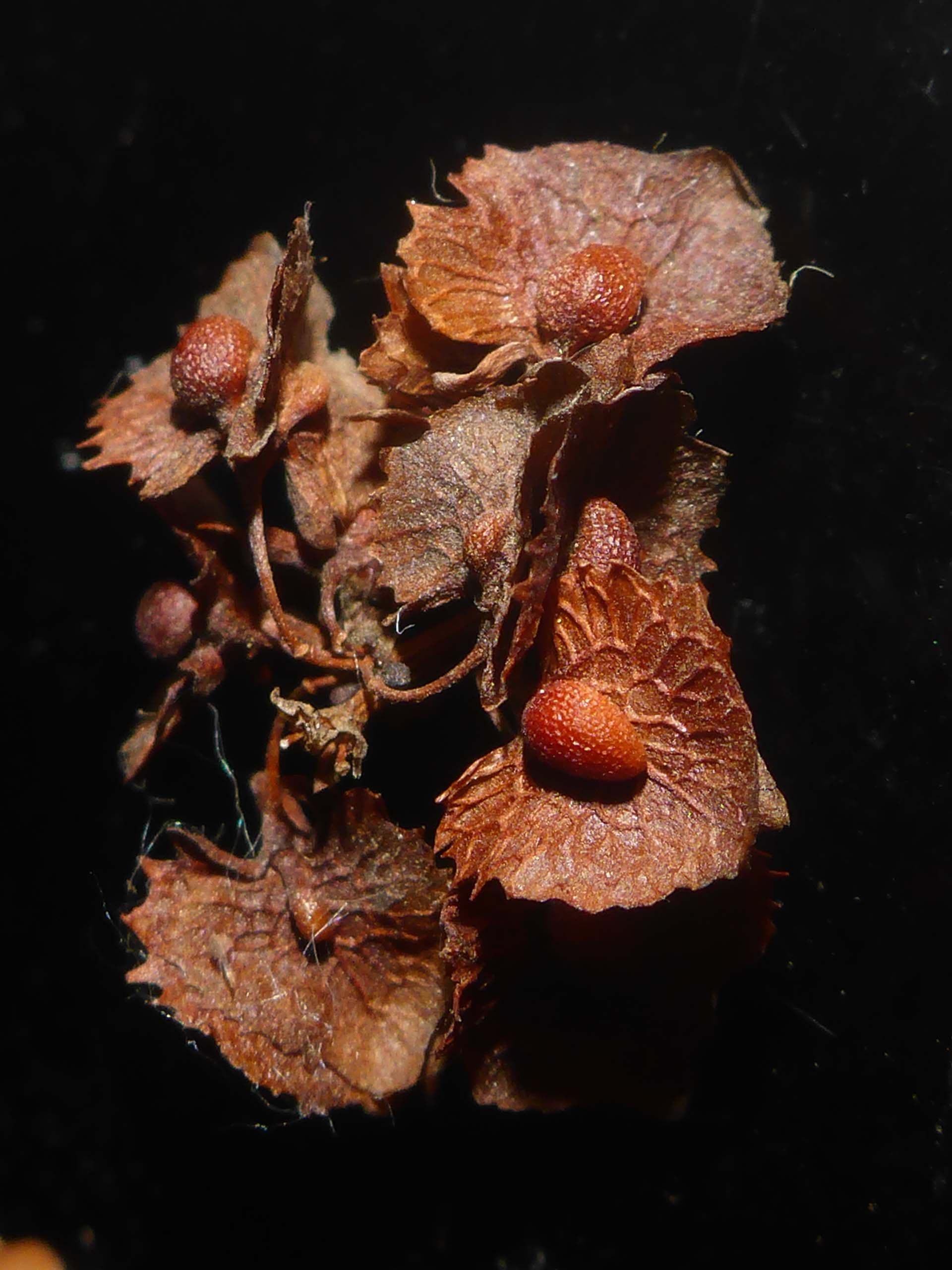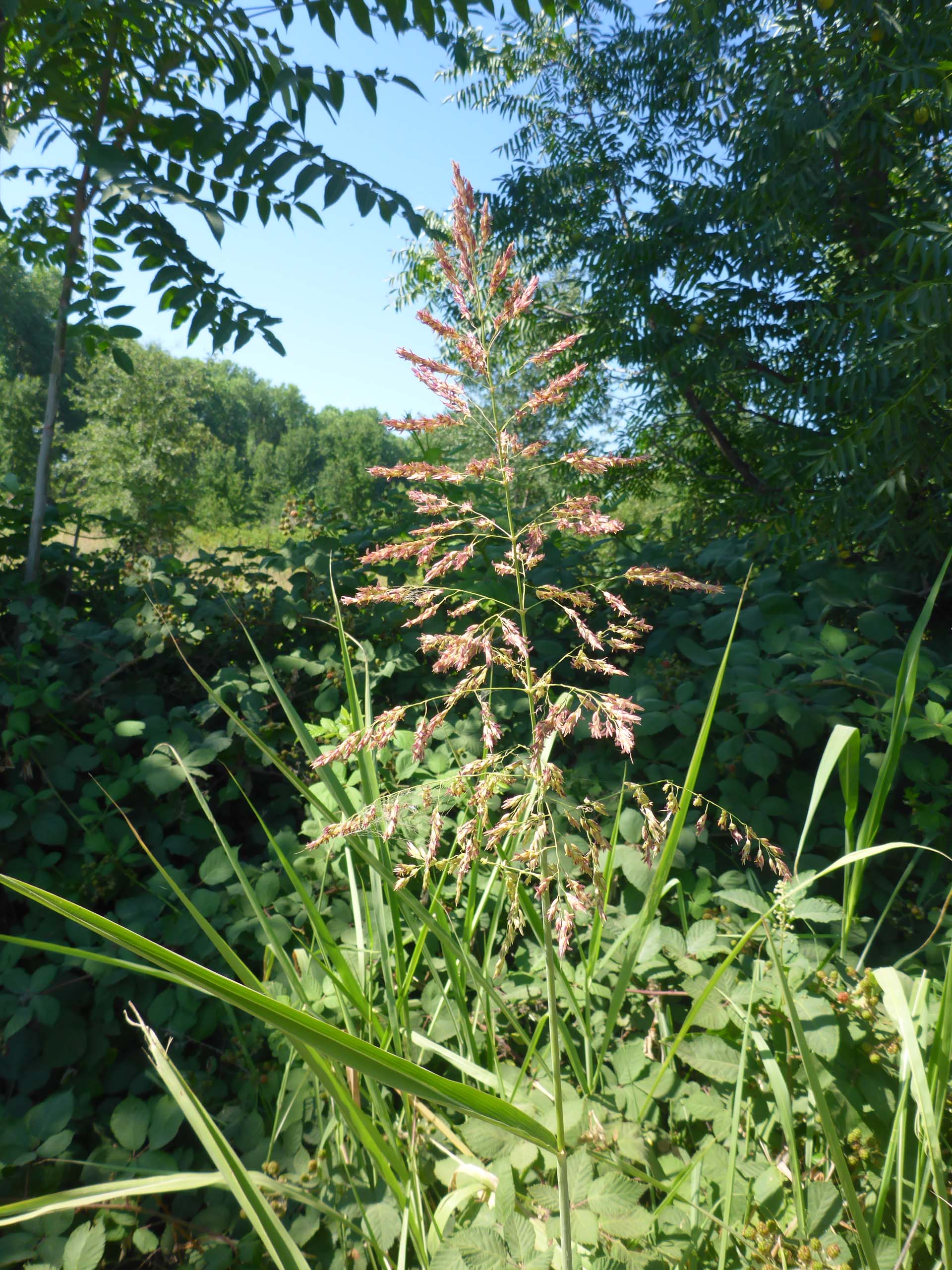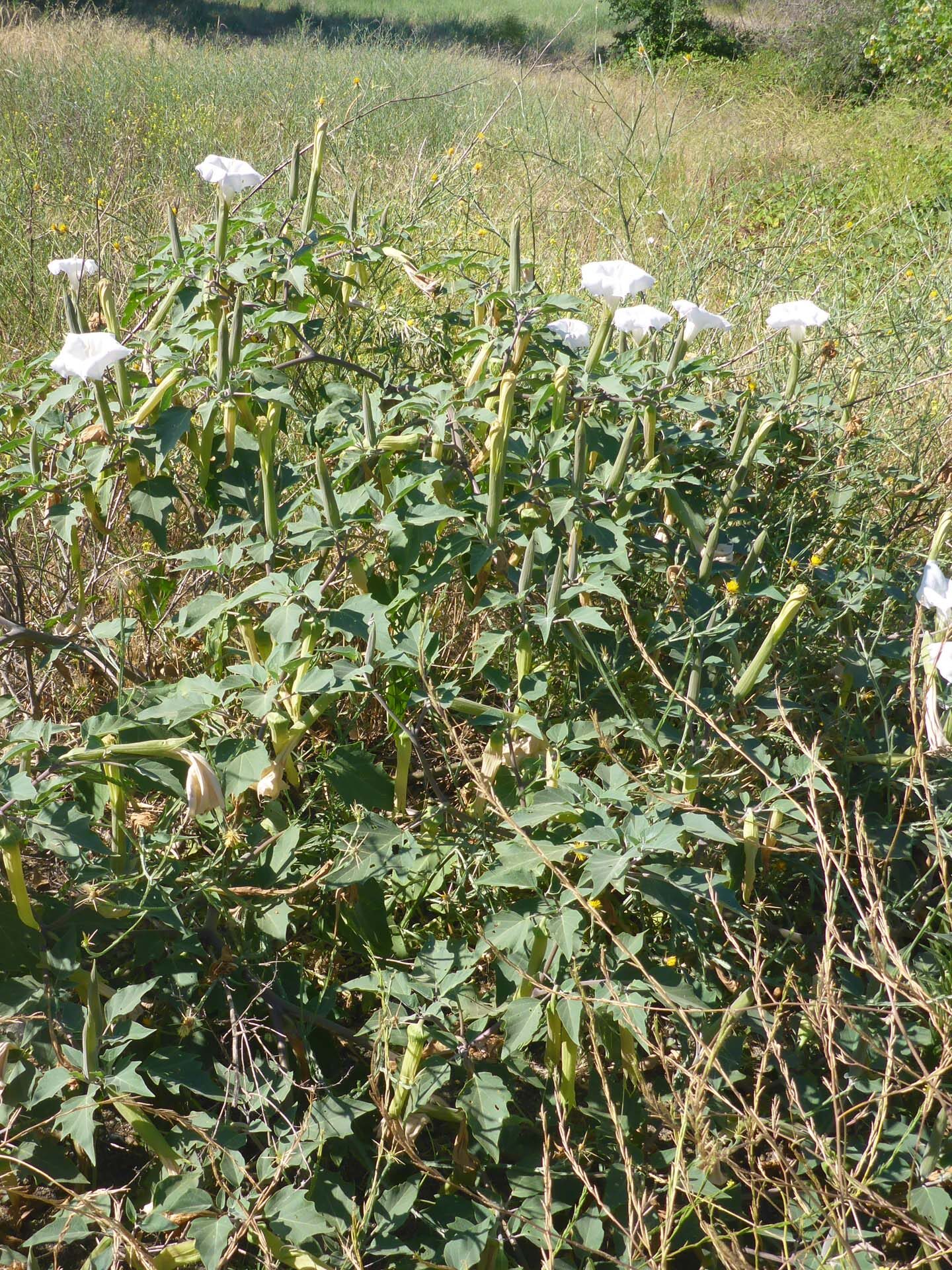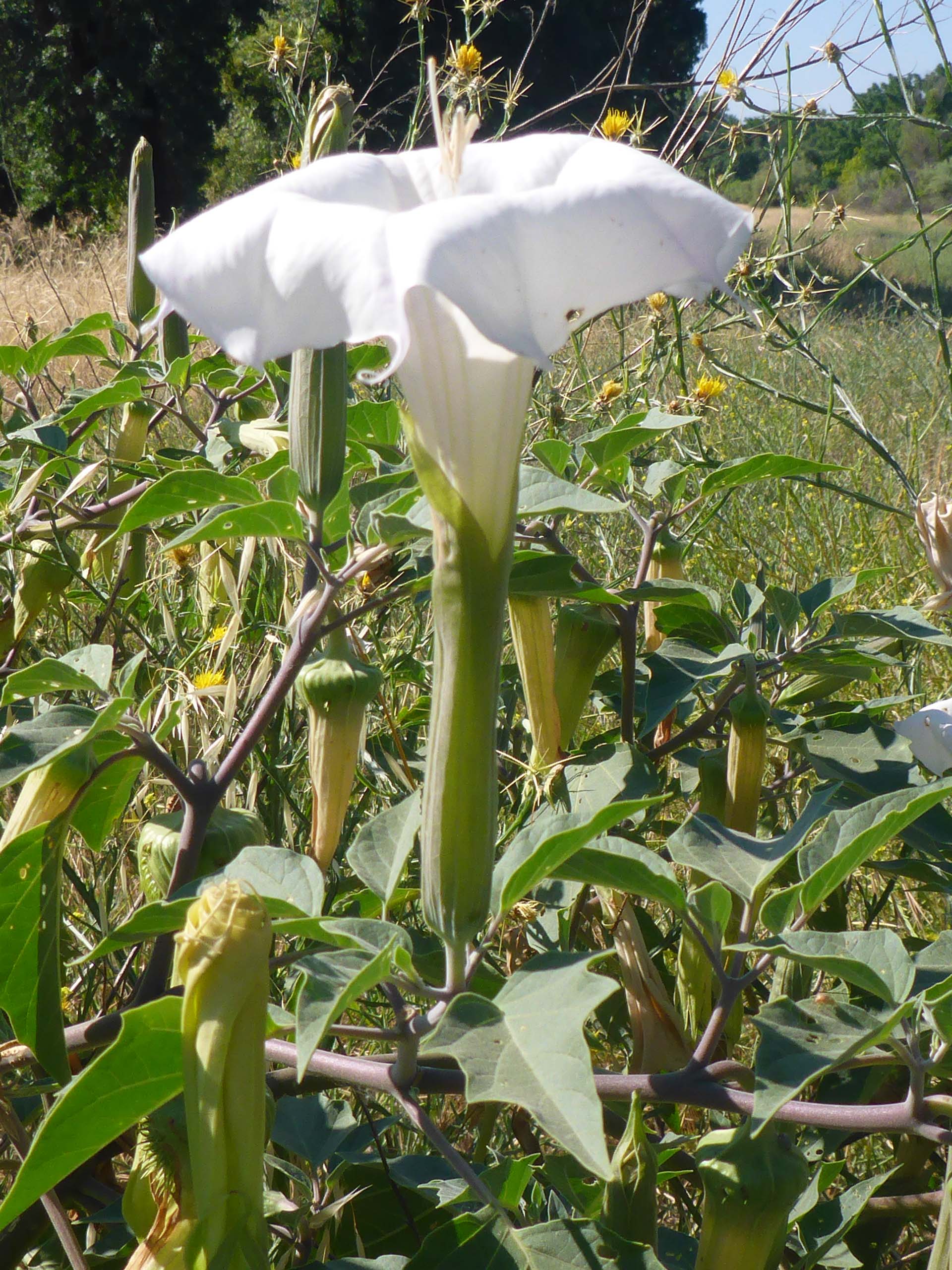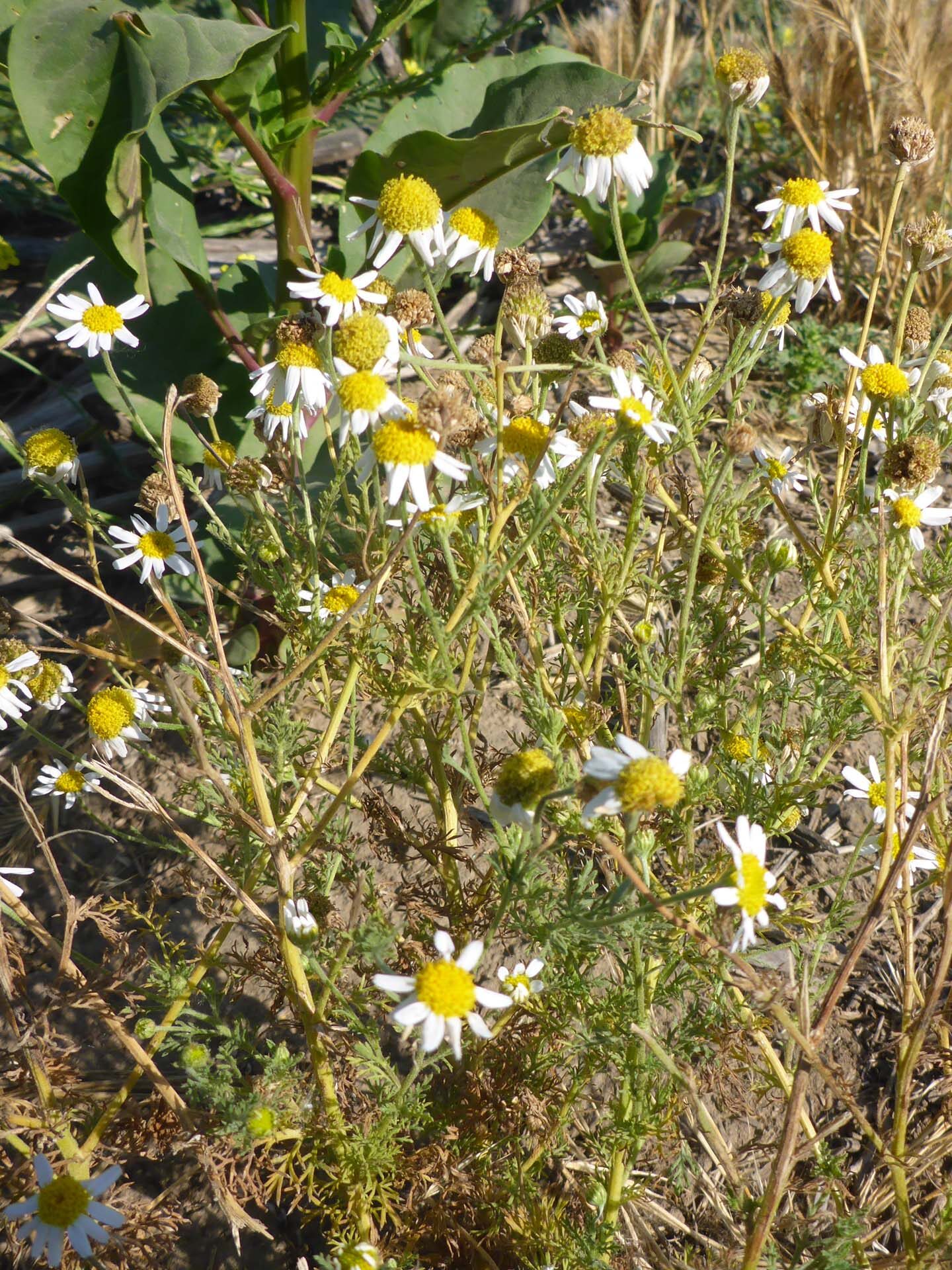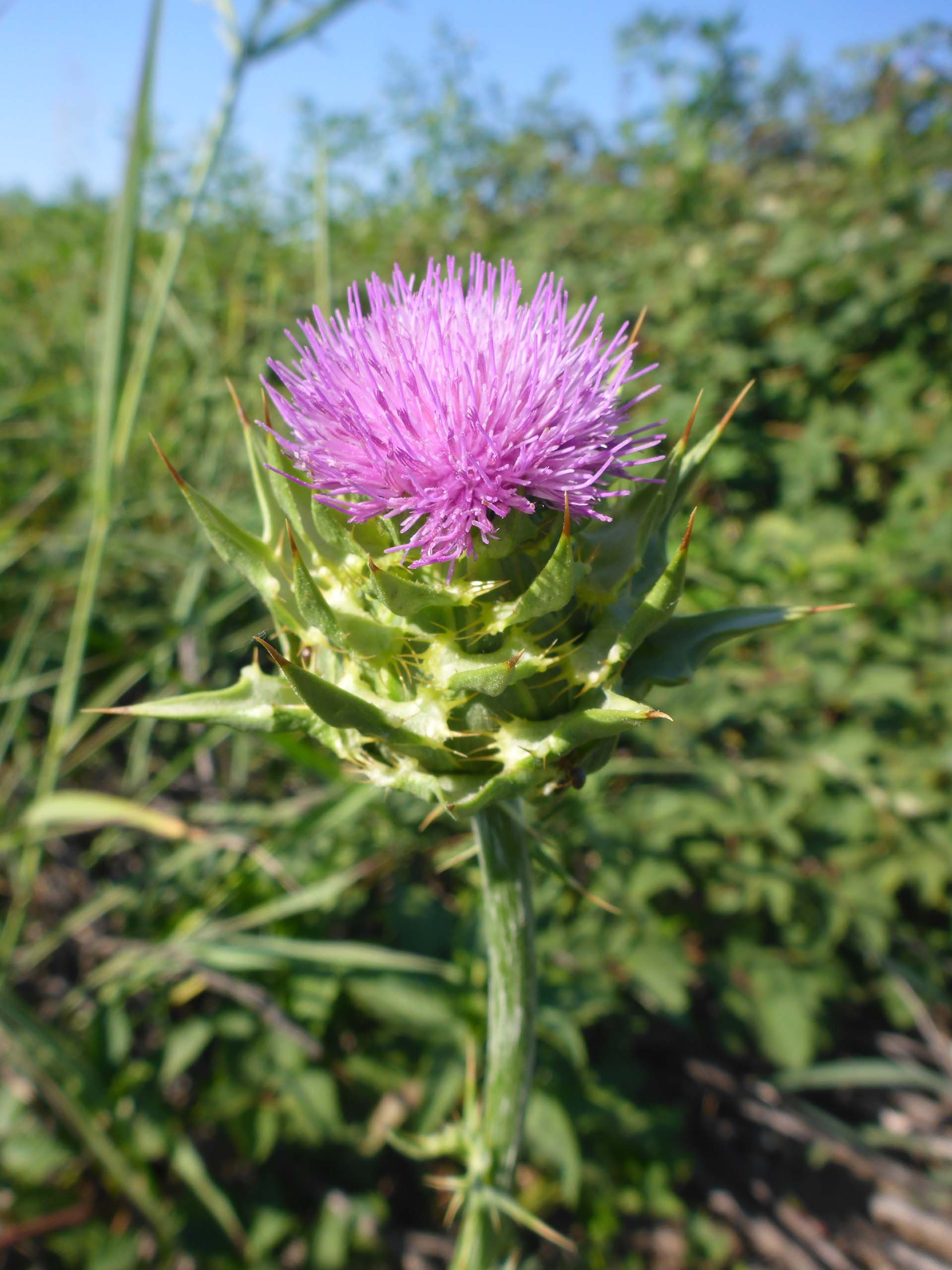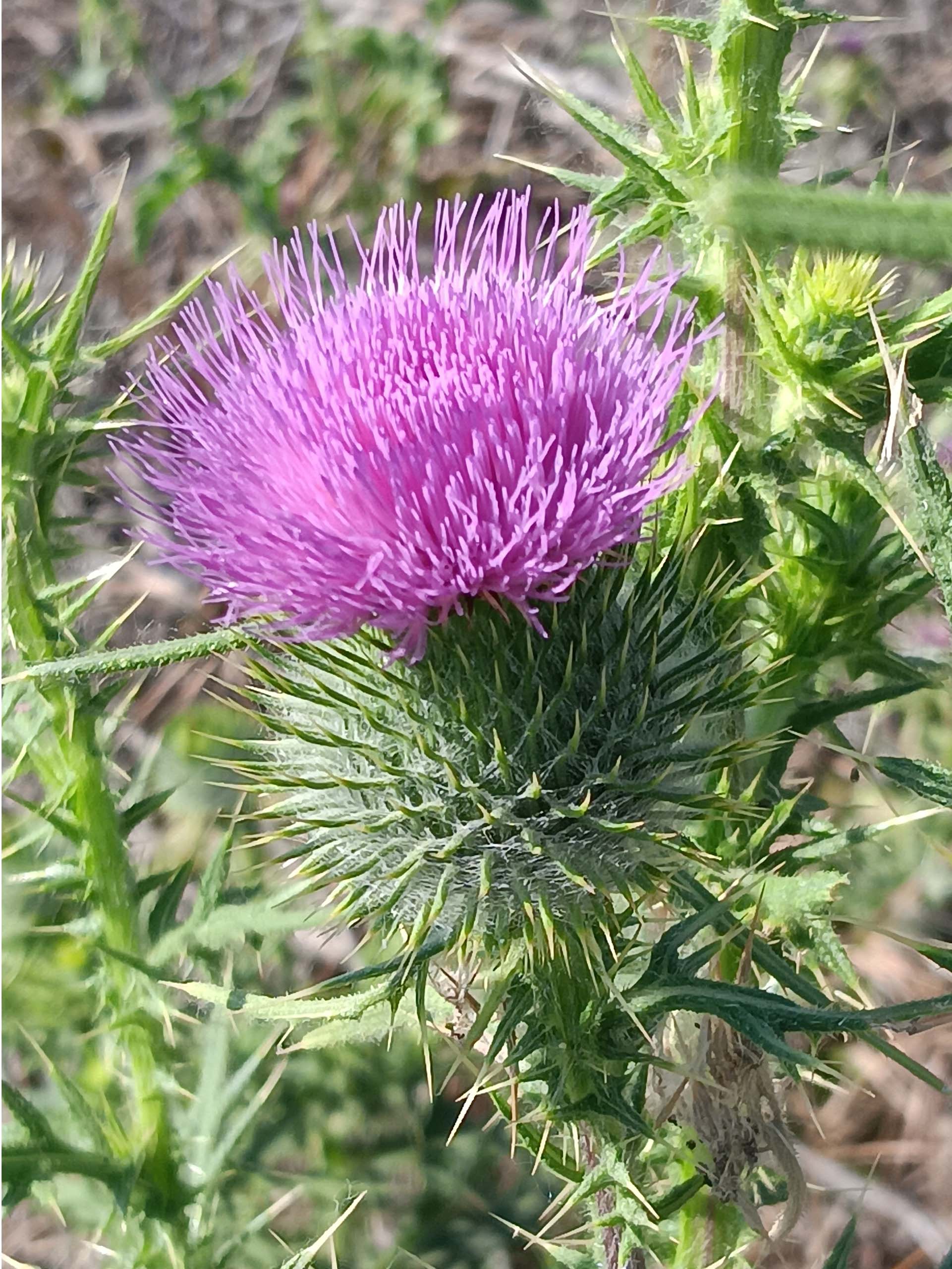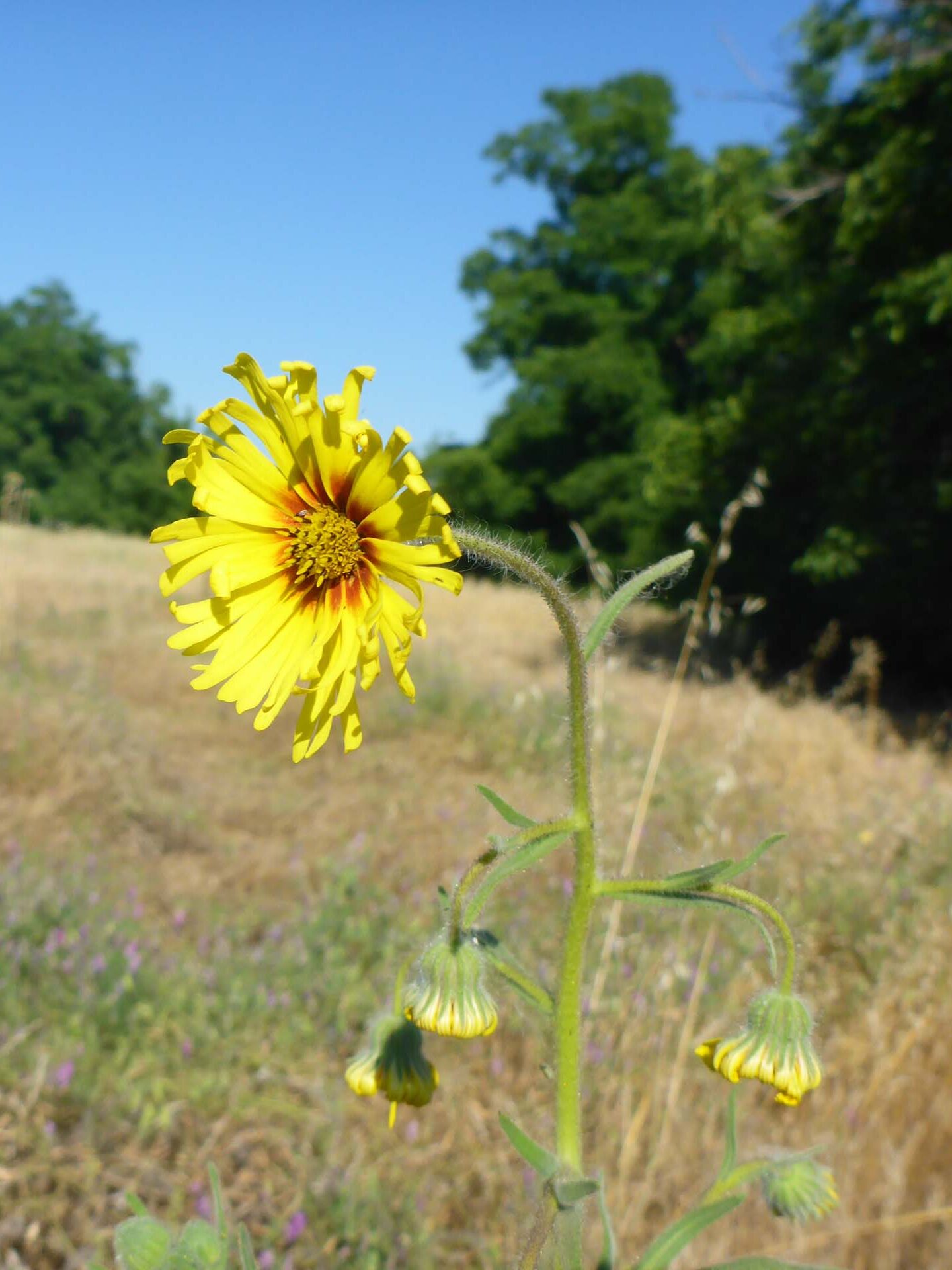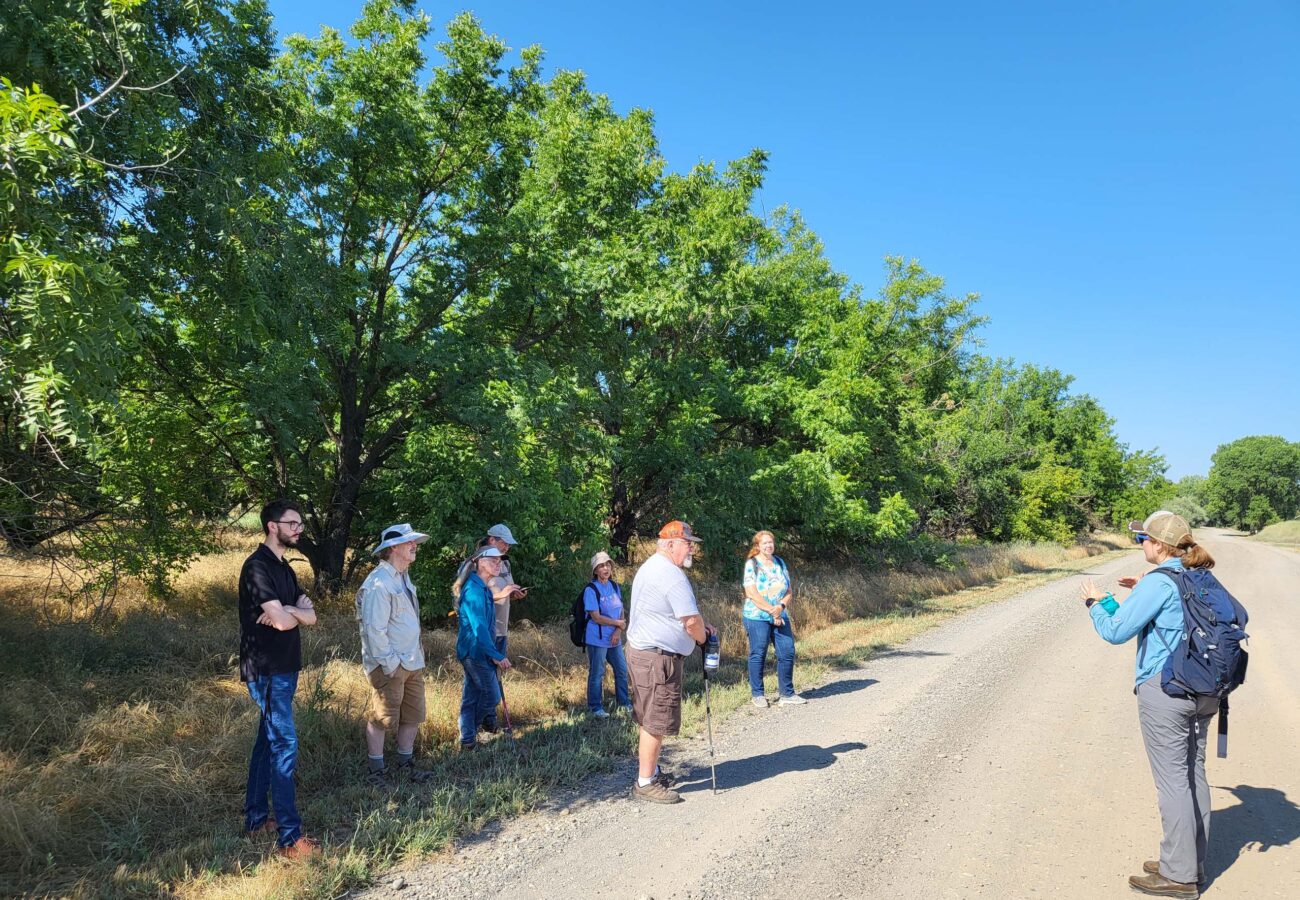
Despite the predicted hot, 109-degree high for the day, we had nine people show up for a tour of Bureau of Land Management’s (BLM) restoration site, Rancho Breisgau Unit, on the Sacramento River near Battle Creek, on Saturday, July 1. We started at 8 AM and ended at 10:30 AM, so we didn’t get too hot, but it was already 91 degrees when we finished.
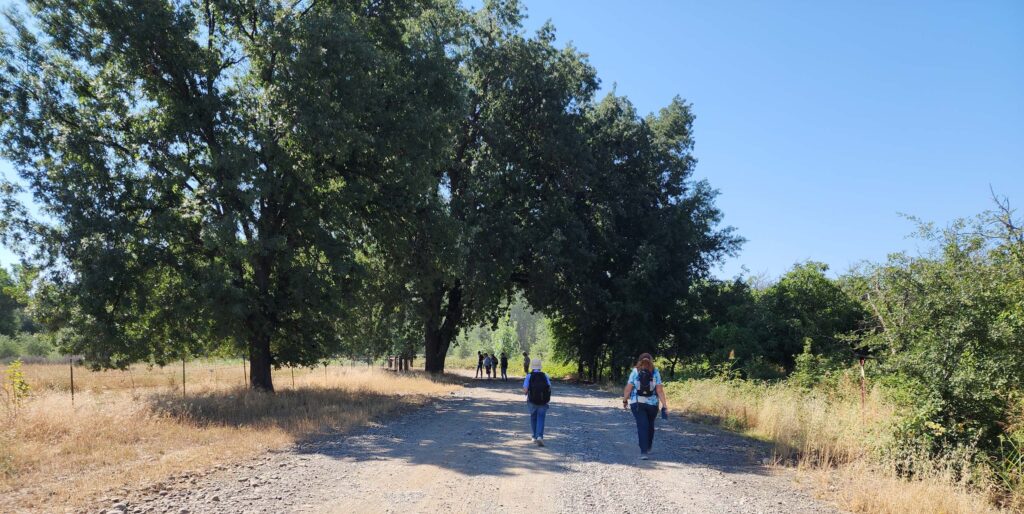
BLM ecologist Brooke Thompson led the field trip and explained how this project is one part of BLM’s long-term plan to restore natural habitat along the Sacramento River.
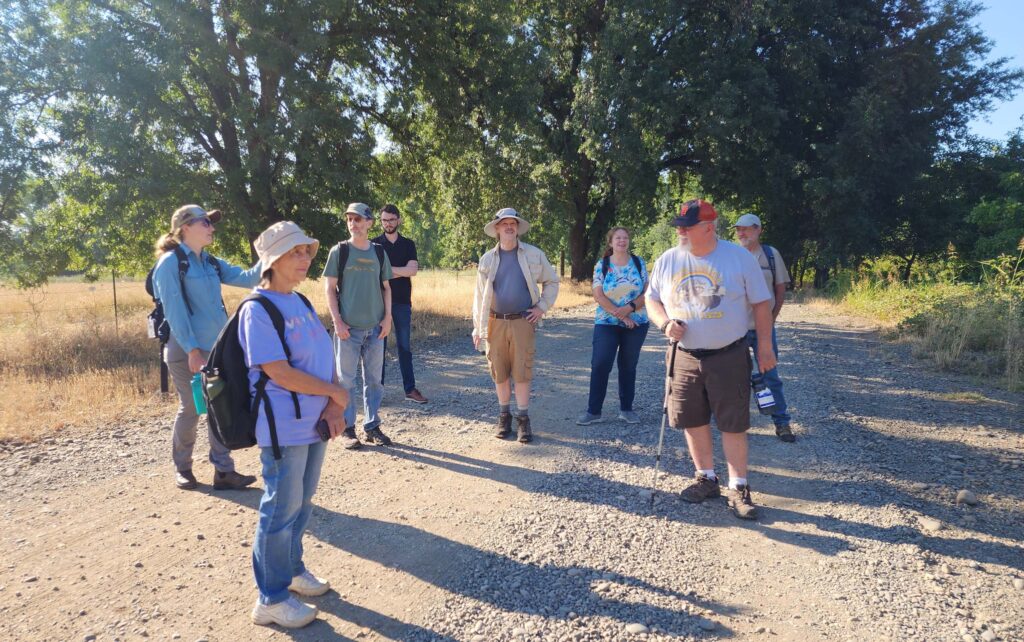
The restoration area involves 150 acres that was formerly farmland, primarily walnut orchards and hay fields. BLM wants to expand the restoration to the entire 306-acre area, which extends from Jelly’s Ferry Road on the east to Battle Creek on the south and just shy of the Sacramento River on the west; it is part of a larger parcel of BLM land that extends to the Sacramento River.
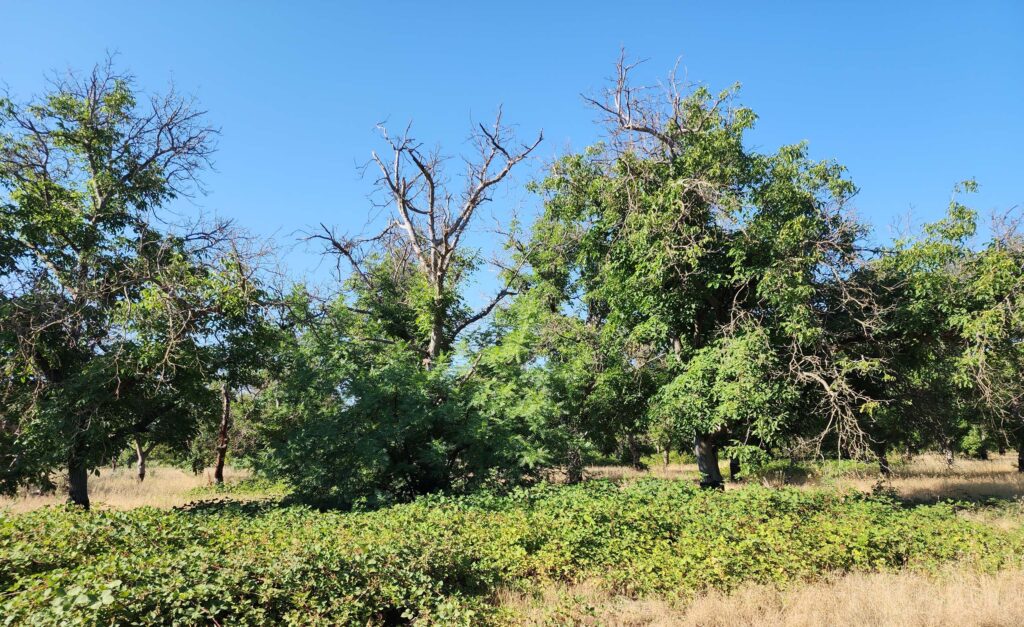
The old walnut orchards will be removed and replaced with native trees, shrubs, and forbs. Because the fields and orchards are choked with star-thistle, Johnsongrass, bull thistle, medusa-head, and other invasive weeds, herbicides will have to be used to tackle such an extensive infestation. However, consulting scientists believe that a one-time, broad application of herbicides will suffice, so that land managers will only have to use spot application in the future.
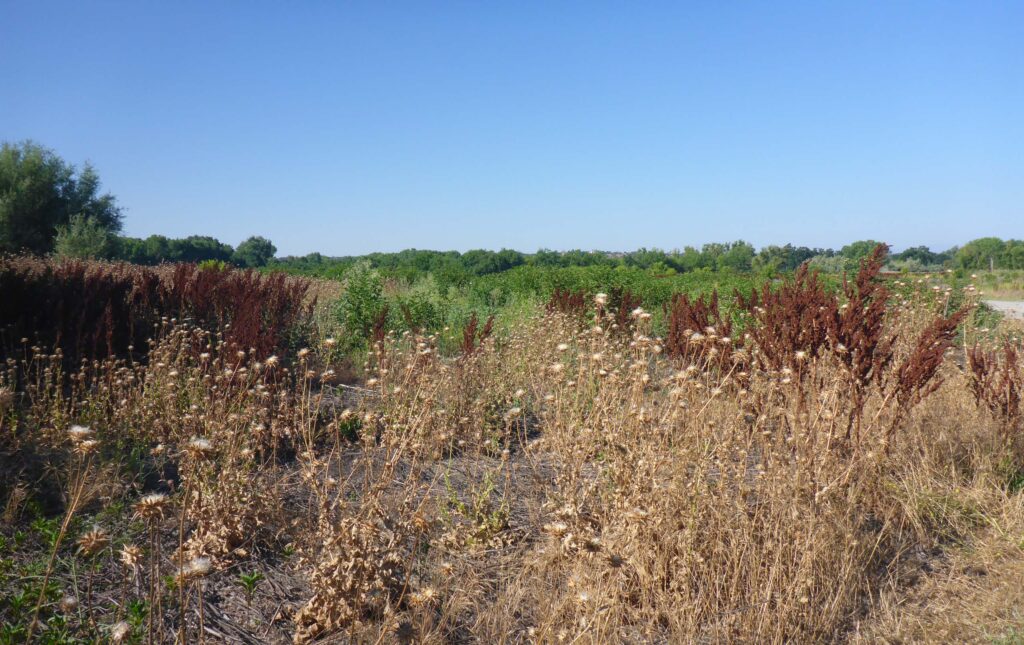
In addition, more trees will be planted along Battle Creek—an important creek for salmon and steelhead trout—to help keep its water cold. Another future improvement would be a fish channel from the Sacramento River to a bend in Battle Creek, providing cooler water from the Sacramento River for salmon as Battle Creek meanders another two miles farther downstream before entering the river.
Despite the fields of weeds, there are many healthy trees in this abandoned farmland, including tall Fremont cottonwoods; black, sandbar, and arroyo willows; box elders; and several healthy blue elderberry shrubs. BLM has found the endangered Valley Elderberry Longhorn Beetle on the property.
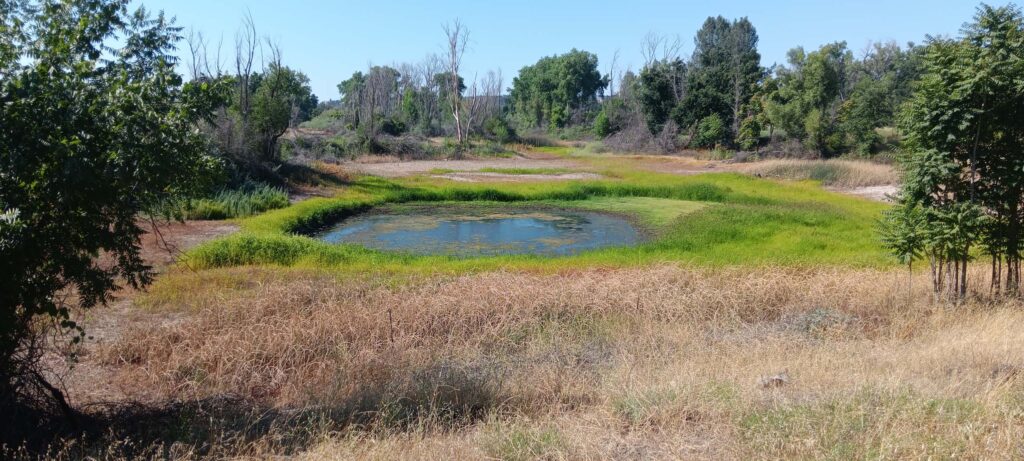
Many thanks to Brooke for initiating and leading this educational field trip, and for her enthusiasm for riparian restoration. Our group came away feeling encouraged. In addition, we were pleased to have Breyden Coma, a representative of Senator Brian Dahle, accompany us on this field trip. He said Dahle is interested in restoration projects in his district.
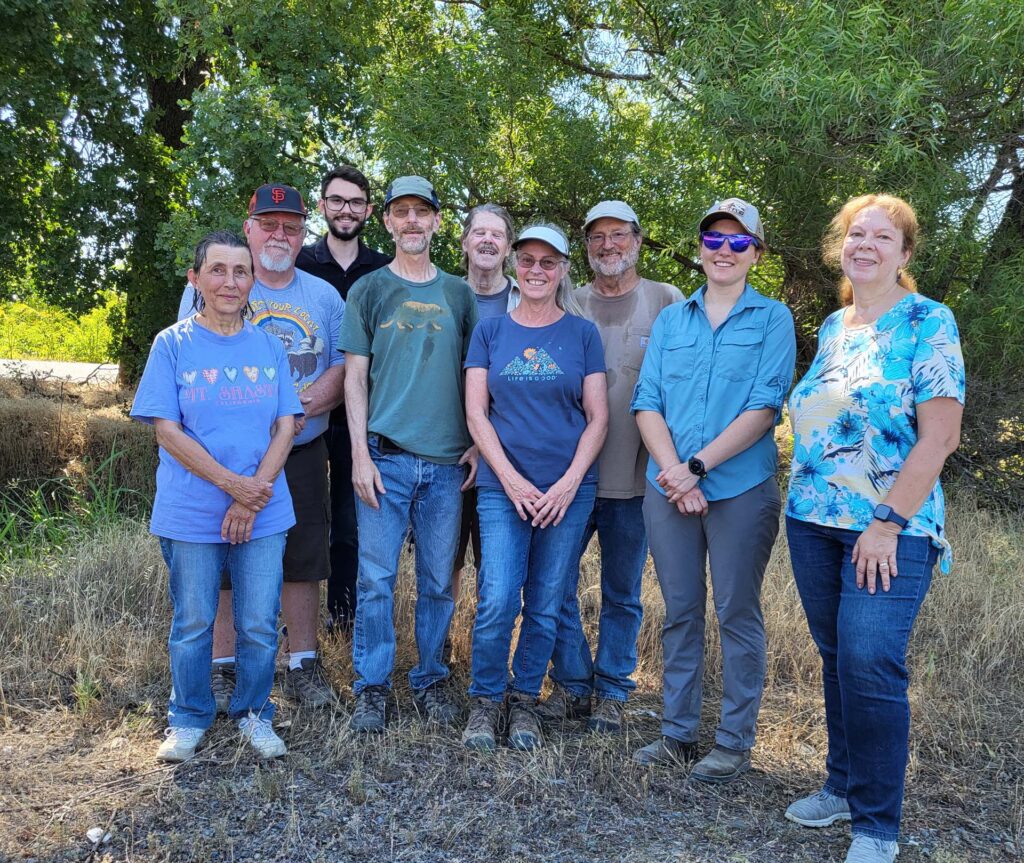
Take a look at the following slideshow to see a just a few of the species we marveled at, native and non-native alike. Enjoy! ~David Ledger

